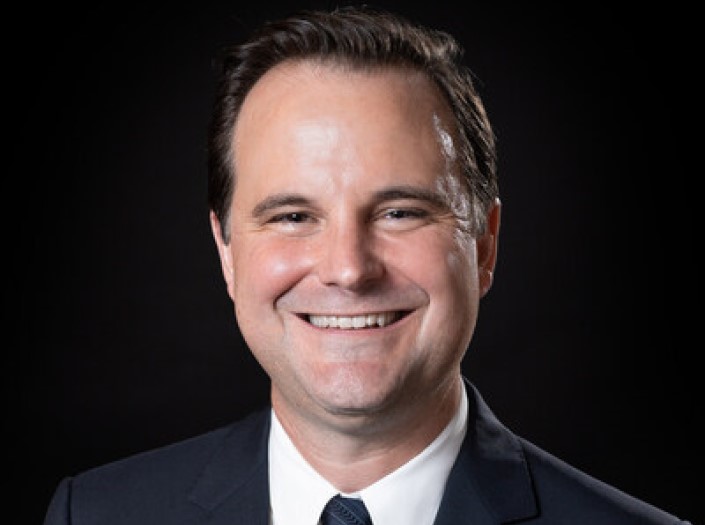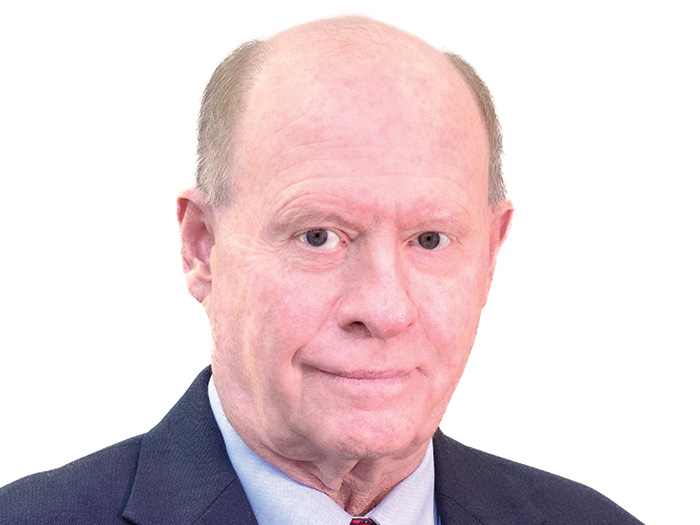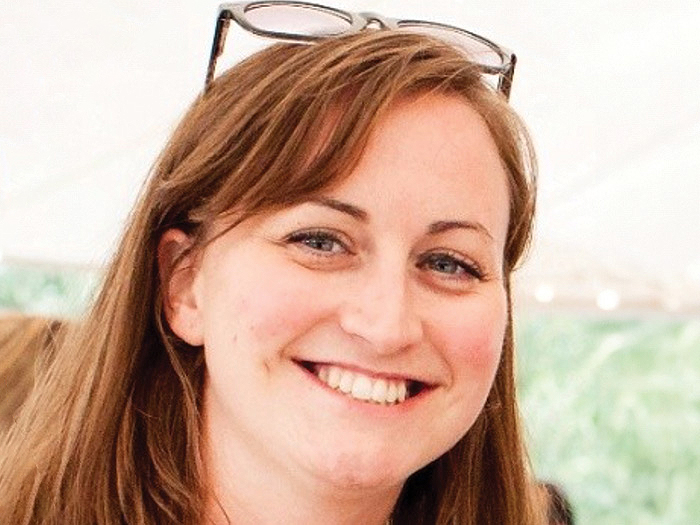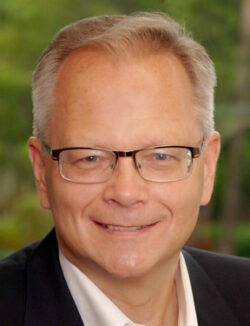Rising Star Kelly Eisenbies on the Value of Resilience in the Face of Education Sector Uncertainty
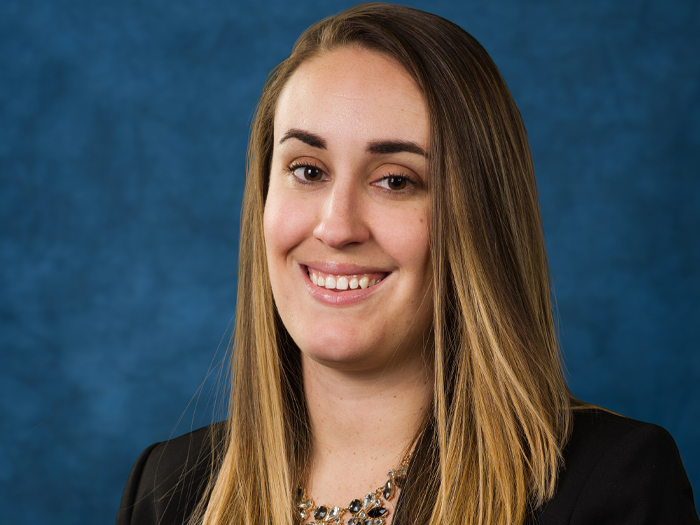

Come see the Stars! As part of our ongoing coverage of the best brokers in the commercial insurance space, Risk & Insurance®, with the sponsorship of Philadelphia Insurance, is expanding its coverage of the Rising Stars, those brokers who represent the next wave of insurance brokering talent.
Look for these expanded profiles on the Risk & Insurance website and in your social media feeds throughout the year.
We recently caught up with Kelly Eisenbies, vice president at Gallagher and a 2024 Power Broker finalist in the Education category.
Risk & Insurance: How did you get into insurance and from there into your current role as an education sector broker?
Kelly Eisenbies: Like many people, I had no plans or aspirations to work in insurance. I played NCAA DIII basketball at Brandeis University and wanted to coach at the collegiate level, or to become an athletic director. With a passion for college athletics, I pursued a master’s in sports administration following my undergraduate years.
As I was in the process of job searching post-graduate school, my now-mother-in-law referred me to check out a position at her company, known at the time as Gallagher Koster. The job was in the sports accident insurance department servicing and managing accident medical insurance policies. I was intrigued, knowing that a niche industry existed and that I’d have the opportunity to work with collegiate athletic departments while gaining experience in a corporate setting. The rest, as they say, is history, as I just celebrated my 10th year working at Gallagher on the same team that I started with.
R&I: What are the biggest risks affecting your clients today?
KE: Colleges and universities have faced a lot of adversity and changes over the last several years, especially within the landscape of college athletics.
I’d say that the biggest risks that my clients are facing are rising costs and the uncertainty of what’s next. The team that I work on manages the athletic accident insurance for over 400 colleges and universities nationwide, and we saw staggering premium increases during this 2024-2025 renewal cycle due to volatile claims utilization.
The cost of health care services is on the rise, and we see that many student athletes do not have sufficient forms of primary health insurance, which ultimately places a significant burden of cost on colleges and universities to cover the medical expenses related to athletic injuries.
R&I: What emerging risk trends does the education sector needs to keep top of mind?
KE: As mentioned above, college athletics is in a transitional period and undergoing significant changes. All higher education institutions, specifically all NCAA DI programs, should be aware of what is on the horizon in the NIL [name, image, likeness] era. What if student athletes officially become employees of their institution? How will this impact the institution’s insurance coverages? What are the Title IX implications?
R&I: What has surprised you most during your career in broking?
KE: I would have to say how resilient my clients are. In the 10 years that I’ve worked with Gallagher, there have been so many challenges that higher education institutions are faced with, yet so many persevere and adapt. It has been unfortunate to witness a handful of my clients close their doors, but the overwhelming majority have found a way forward.
R&I: How do you handle breaking bad news to clients?
KE: While it’s probably the least favorite thing about my job, I try to be direct and provide clients with the facts, including their historical claims data, feedback on market trends, and peer benchmarking. I place a lot of emphasis on good communication with my clients, so I am regularly reaching out to share market updates and analysis on claim reports. It’s important to have regular communication with clients so that it’s not just reactive communication. I’ve found that breaking bad news is a lot easier when you have established trust with your clients and have prepared them for what is coming.
R&I: What advice would you give to a new broker considering specializing in the education space?
KE: My best piece of advice would be attend as many networking events you can, which includes industry-specific conferences like URMIA. Higher education is a close-knit community, so while it’s important that you are a subject matter expert with the product or service you’re selling, it’s also critical to have a good network of colleagues and industry professionals who can help you get your foot in the door. A lot of my success working in the higher education field has come from my clients’ willingness to be a reference on my behalf when pursuing new opportunities. &





